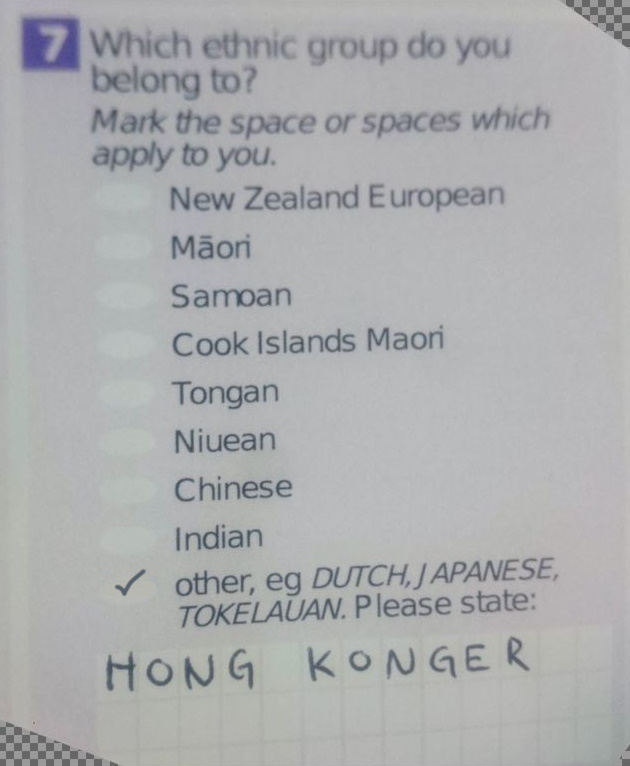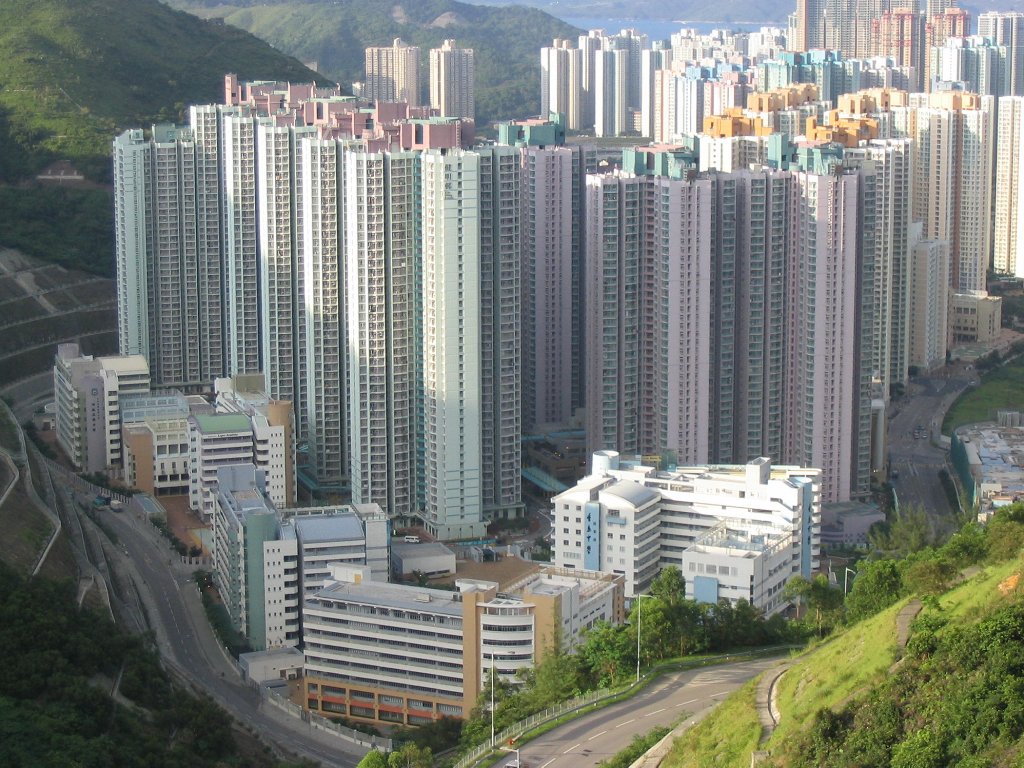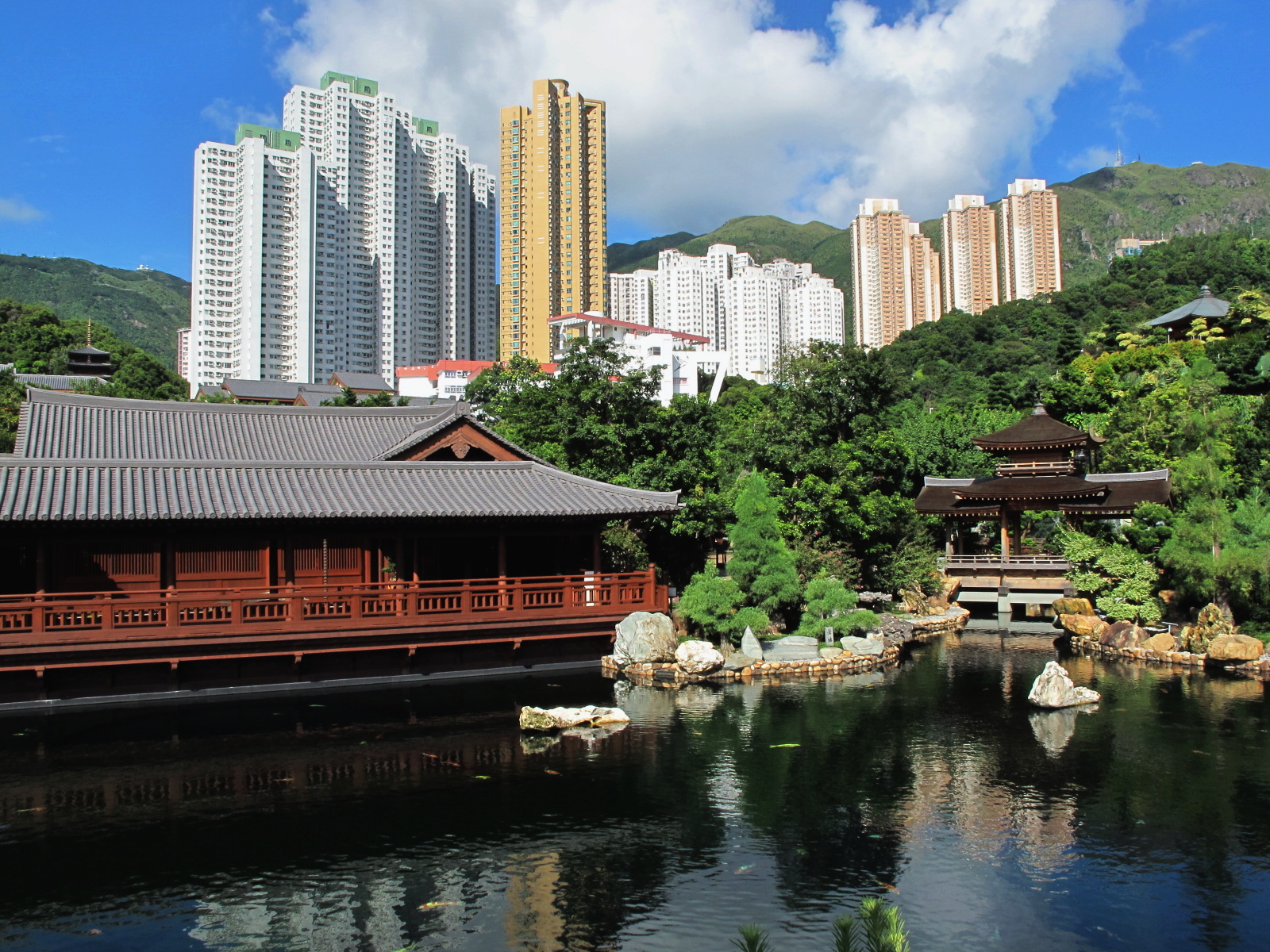|
My Home Purchase Plan
My Home Purchase Plan is one of the public housing initiatives of Hong Kong. This plan enables eligible citizens to purchase homes by way of "rent-and-buy". The Plan aims to provide assistance to potential sandwich class home buyers who are able to repay mortgages in the long term but currently do not have enough savings for the down payment. This plan is introduced by the Chief Executive of Hong Kong in the Policy address of Hong Kong 2010. The implementation of plan, that is the first 5000 flats under the plan is expected to be ready for sell in 2014. Under this Plan, the Hong Kong Housing Society will lease the flats to eligible applicants at prevailing market rates. The tenancy period will be up to five years, within which the rent will stay put. After an occupation period of two years, tenants may purchase the flat they rent or another flat under the Plan at prevailing market price, or a flat on the private market. They will receive a subsidy equivalent to half of the net r ... [...More Info...] [...Related Items...] OR: [Wikipedia] [Google] [Baidu] |
Tsing
{{disambiguation ...
Tsing may refer to: *Jing (other) *Jin (other) *Qing (other) *Qin (other) * Ching (other) * Chin (other) *Tsin (other) Tsin may refer to: *Mace (unit), known in Hong Kong as Tsin *Irregular spelling of Jin (other) *Irregular spelling of Qin (other) Qin may refer to: Dynasties and states * Qin (state) (秦), a major state during the Zhou Dynasty ... [...More Info...] [...Related Items...] OR: [Wikipedia] [Google] [Baidu] |
Tai Po
Tai Po is an area in the New Territories of Hong Kong. It refers to the vicinity of the traditional market towns in the area presently known as Tai Po Old Market or Tai Po Kau Hui () (the original "Tai Po Market") on the north of Lam Tsuen River and the Tai Po Hui (the current Tai Po Market; historically Tai Wo Shi, literally ''Tai Wo market'') on Fu Shin Street on the south of the Lam Tsuen River, near the old Tai Po Market railway station of the Kowloon-Canton Railway (British Section). Both market towns became part of the Tai Po New Town in the late 1970s and early 1980s. In present-day usage, "Tai Po" may refer to the area around the original market towns, the Tai Po New Town (), or the entire Tai Po District. Etymology In Chinese, the place, Tai Po (), was formerly written as . Treating the Chinese characters separately, the pronounce of Po in the third tone () in Cantonese are shared with many words, not only Po in the sixth tone (). For example, the "Po" () of Sha ... [...More Info...] [...Related Items...] OR: [Wikipedia] [Google] [Baidu] |
Hong Kong People
Hongkongers (), also known as Hong Kongers, Hong Kongese, Hongkongese, Hong Kong citizens and Hong Kong people, typically refers to residents of the territory of Hong Kong; although may also refer to others who were born and/or raised in the territory. The earliest inhabitants of Hong Kong are indigenous villagers, who have lived in the area since before British colonization. The majority of Hongkongers today are descended from Han Chinese migrants from mainland China, most of whom are Cantonese and trace their ancestral home to the province of Guangdong. However, the territory also holds other Han Chinese subgroups including the Hakka, Hoklo, Teochew (Chiuchow), Shanghainese, Sichuanese and Taiwanese. Meanwhile, non-Han Chinese Hongkongers such as the British, Filipinos, Indonesians, South Asians and Vietnamese also make up six per cent of Hong Kong's population. Terminology The terms ''Hongkonger'' and ''Hong Kongese'' are used to denote a residents of Hong Kong, includi ... [...More Info...] [...Related Items...] OR: [Wikipedia] [Google] [Baidu] |
Secretary For Housing, Planning And Lands
The Secretary for Housing () in Hong Kong is responsible for housing related issues. The position was first created in 1973 and re-created in 2022 after renamed to Secretary for Transport and Housing in 2007. List of office holders Political party: Secretaries for Housing, 1973–1988 ;Housing issues were handled by Secretary for District Administration between 1988 and 1994. Secretaries for Housing, 1994–1997 Secretaries for Housing, 1997–2002 Secretaries for Housing, Planning and Lands, 2002–2007 ;Housing issues were handled by the Secretary for Transport and Housing between 2007 and 2022. Secretaries for Housing, 2022– References External linksOrganisation chart of Hong Kong Government {{HK Principal Officials Housing Hong Kong Hong Kong ( (US) or (UK); , ), officially the Hong Kong Special Administrative Region of the People's Republic of China ( abbr. Hong Kong SAR or HKSAR), is a city and special administrative region of China on the easte ... [...More Info...] [...Related Items...] OR: [Wikipedia] [Google] [Baidu] |
Legislative Council Of Hong Kong
The Legislative Council of the Hong Kong Special Administrative Region (LegCo) is the unicameral legislature of Hong Kong. It sits under China's " one country, two systems" constitutional arrangement, and is the power centre of Hong Kong's hybrid representative democracy. The functions of the Legislative Council are to enact, amend or repeal laws; examine and approve budgets, taxation and public expenditure; and raise questions on the work of the government. In addition, the Legislative Council also has the power to endorse the appointment and removal of the judges of the Court of Final Appeal and the Chief Judge of the High Court, as well as the power to impeach the Chief Executive of Hong Kong. Following the 2019–2020 Hong Kong protests, the National People's Congress disqualified several opposition councilors and initiated electoral overhaul in 2021. The current Legislative Council consists of three groups of constituencies—geographical constituencies (GCs), ... [...More Info...] [...Related Items...] OR: [Wikipedia] [Google] [Baidu] |
Hong Kong Government
The Government of the Hong Kong Special Administrative Region, commonly known as the Hong Kong Government or HKSAR Government, refers to the Executive (government), executive authorities of Hong Kong Special administrative regions of China, SAR. It was formed on 1 July 1997 in accordance with the Sino-British Joint Declaration of 1983, an international treaty lodged at the United Nations. This government replaced the former British Hong Kong, British Hong Kong Government (1842–1997). The Chief Executive and the Principal officials of Hong Kong, principal officials, nominated by the chief executive, are appointed by the State Council of the People's Republic of China. The Government Secretariat (Hong Kong), Government Secretariat is headed by the Chief Secretary for Administration, Chief Secretary of Hong Kong, who is the most senior principal official of the Government. The Chief Secretary and the other Secretary of State, secretaries jointly oversee the administration of Ho ... [...More Info...] [...Related Items...] OR: [Wikipedia] [Google] [Baidu] |
Stakeholder (corporate)
In a corporation, a stakeholder is a member of "groups without whose support the organization would cease to exist", as defined in the first usage of the word in a 1963 internal memorandum at the Stanford Research Institute. The theory was later developed and championed by R. Edward Freeman in the 1980s. Since then it has gained wide acceptance in business practice and in theorizing relating to strategic management, corporate governance, business purpose and corporate social responsibility (CSR). The definition of corporate responsibilities through a classification of stakeholders to consider has been criticized as creating a false dichotomy between the "shareholder model" and the "stakeholders model" or a false analogy of the obligations towards shareholders and other interested parties. Types Any action taken by any organization or any group might affect those people who are linked with them in the private sector. For examples these are parents, children, customers, owners, ... [...More Info...] [...Related Items...] OR: [Wikipedia] [Google] [Baidu] |
Transport And Housing Bureau
The Transport and Housing Bureau (THB) was an agency of the Government of Hong Kong between 2007 and 2022, responsible for a range of policies such as the internal and external transportation, including air transport, land transport, maritime transport, logistics and housing development in Hong Kong. The bureau was headed by the Secretary for Transport and Housing (STH). The bureau was formed on 1 July 2007 to take over the transport portfolios previously under the purview of the Environment, Transport and Works Bureau, and the public housing portfolios of the Housing, Planning and Lands Bureau. On 1 July 2022, the THB was split up into the Transport and Logistics Bureau (TLB) and the Housing Bureau. Subordinate entities The bureau was divided into two branches, the Transport Branch and the Housing Branch. The following public entities are controlled by the bureau: Transport *Land and Waterborne Transport *Air Services *Maritime Transport *Logistics Development Housing ... [...More Info...] [...Related Items...] OR: [Wikipedia] [Google] [Baidu] |
Tuen Mun
Tuen Mun or Castle Peak is an area near the mouth of Tuen Mun River and Castle Peak Bay in the New Territories, Hong Kong. It was one of the earliest settlements in what is now Hong Kong and can be dated to the Neolithic period. In the more recent past, it was home to many Tanka fishermen who gathered at Castle Peak Bay. Tuen Mun is now a modern, mainly residential area in the north-west New Territories. As of 2011, 487,546 live in Tuen Mun and over 95% of them are Chinese. History During the Tang dynasty (618907), a navy town, Tuen Mun Tsan () was established in Nantou, which lies across Deep Bay. Tuen Mun and the rest of Hong Kong were under its protection. A major clan, To (), brought the name Tuen Mun to the area. They migrated from Jiangxi on the Chinese mainland and established a village Tuen Mun Tsuen ()Antiquities and Monuments OfficeTuen Tsz Wai - History/ref> late in the Yuan dynasty (1272–1368). As more and more villages were established, the village was re ... [...More Info...] [...Related Items...] OR: [Wikipedia] [Google] [Baidu] |
Sha Tin
Sha Tin, also spelt Shatin, is a neighbourhood along Shing Mun River in the eastern New Territories, Hong Kong. Administratively, it is part of the Sha Tin District. Sha Tin is one of the neighbourhoods of the Sha Tin New Town project. The new town was founded in 1973 under the New Towns Development Programme of the Hong Kong government. Its current name was named after the nearby village of Sha Tin Wai. The literal English translation is 'Sand Fields'. History Tai Wai Village, located in Tai Wai, next to Sha Tin, and the oldest and largest walled village in Sha Tin District, was built in 1574, during the Ming Dynasty. Before British rule in Hong Kong, the area of Sha Tin and its vicinity was referred to as Lek Yuen (lit. "source of trickling" or "source of clear water"). Colonial officials allegedly mistook the name of the Sha Tin Wai village as the name of the area and it has been used ever since. Nowadays, the original name is used to refer to Lek Yuen Estate. There w ... [...More Info...] [...Related Items...] OR: [Wikipedia] [Google] [Baidu] |
Public Housing In Hong Kong
Public housing in Hong Kong is a set of mass housing programmes through which the Government of Hong Kong provides affordable housing for lower-income residents. It is a major component of housing in Hong Kong, with nearly half of the population now residing in some form of public housing. The public housing policy dates to 1954, after a fire in Shek Kip Mei destroyed thousands of shanty homes and prompted the government to begin constructing homes for the poor. Public housing is mainly built by the Hong Kong Housing Authority and the Hong Kong Housing Society. Rents and prices are significantly lower than those for private housing and are heavily subsidised by the government, with revenues partially recovered from sources such as rents and charges collected from car parks and shops within or near the residences. Many public housing estates are built in the new towns of the New Territories, but urban expansion has left some older estates deep in central urban areas. They are ... [...More Info...] [...Related Items...] OR: [Wikipedia] [Google] [Baidu] |
Diamond Hill
Diamond Hill is a hill in the east of Kowloon, Hong Kong. The name also refers to the area on or adjacent to the hill. It is surrounded by Ngau Chi Wan, San Po Kong, Wong Tai Sin and Tsz Wan Shan. Its northeast is limited by the ridge. It is principally a residential district. Administratively, the area is part of Wong Tai Sin District. History The village settlements in the area, Sheung Yuen Leng () and Ha Yuen Leng (), predated British colonization, and may have been established as early as the early eighteenth century. There were squatter dwellings ( shanties) up and down the hill that were demolished after years of effort by the Hong Kong Government. The squatter population peaked at around 50,000 people. Parts of the squatter settlement were demolished over the years, including for expansion of the Kai Tak Airport during the Japanese occupation, construction of the Mass Transit Railway, Lung Cheung Road, and the Tate's Cairn Tunnel. Due to the dramatic shortage of publ ... [...More Info...] [...Related Items...] OR: [Wikipedia] [Google] [Baidu] |



.png)


